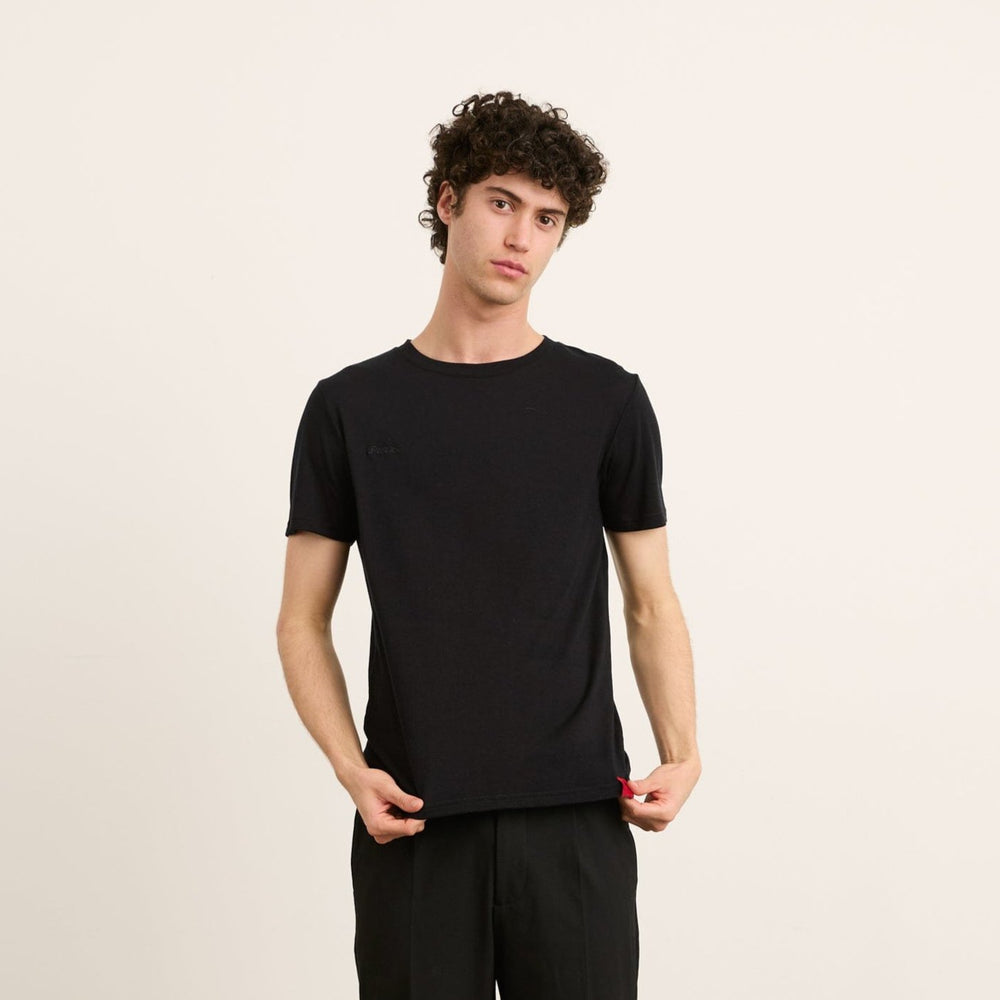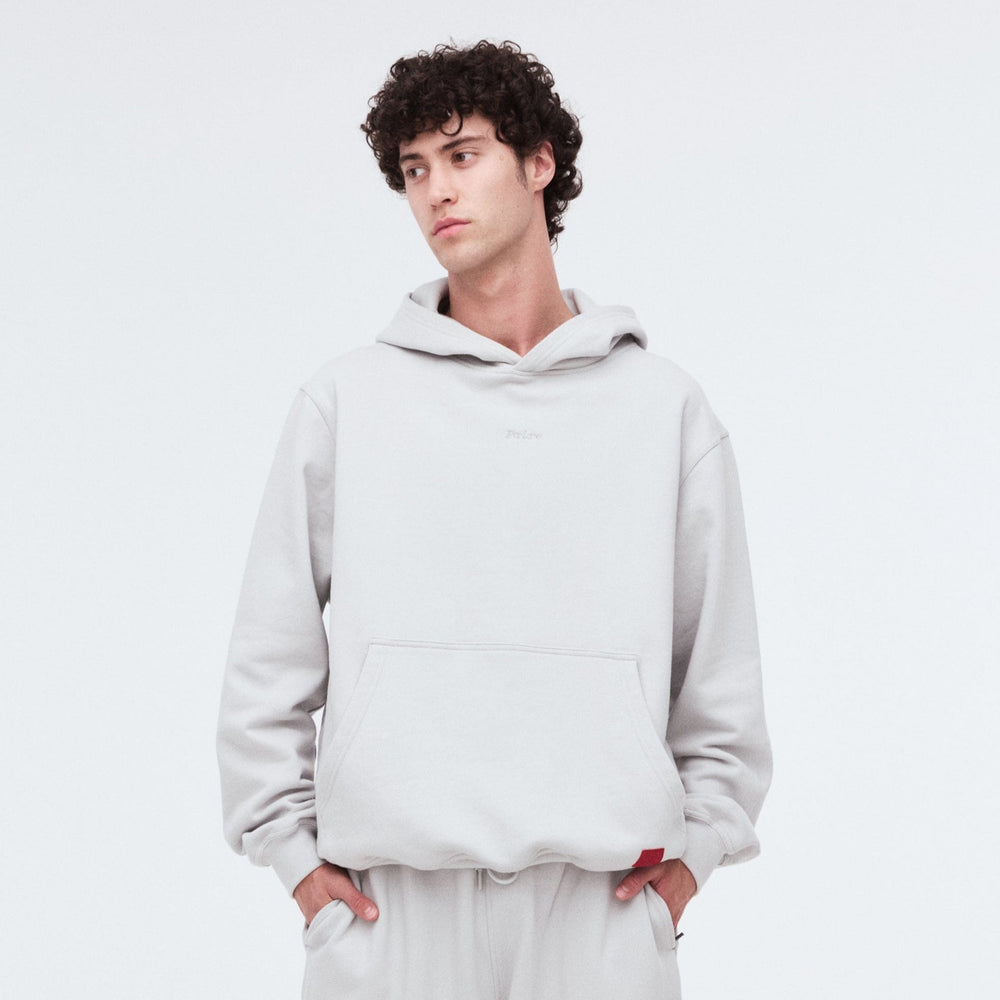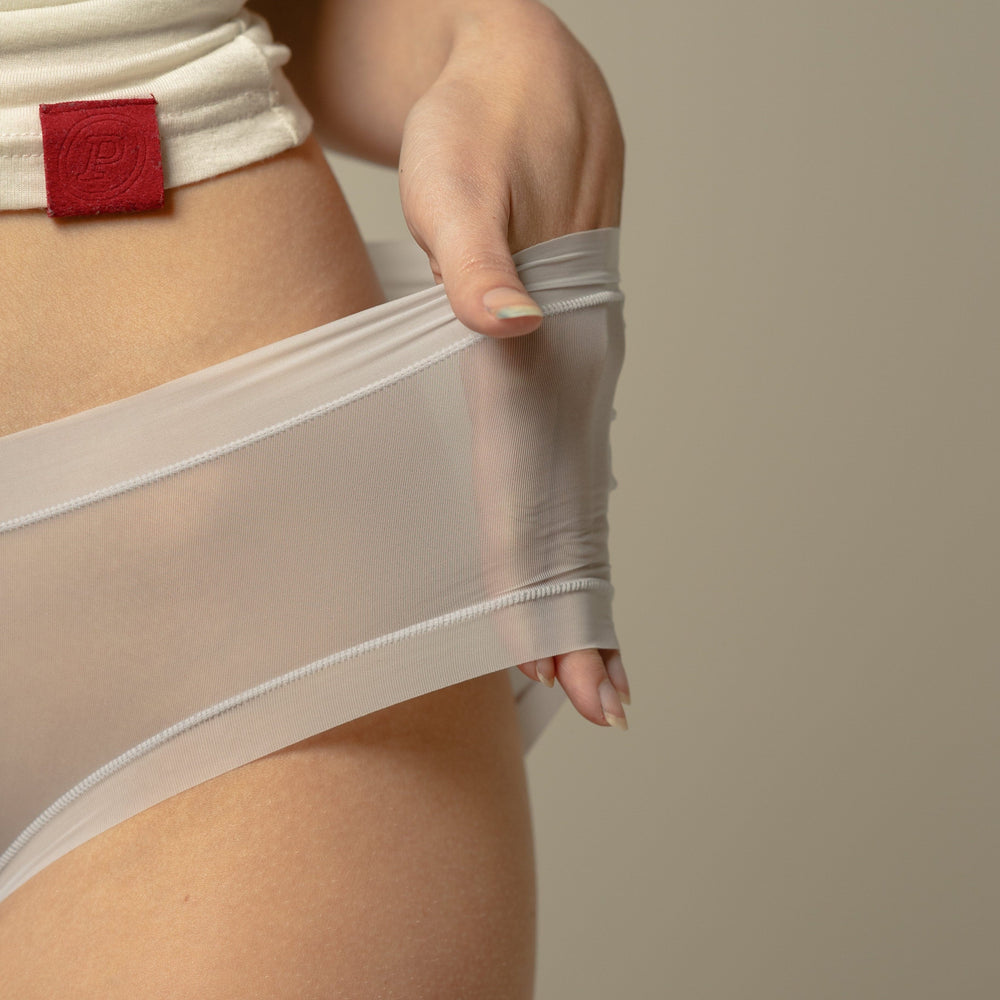This is Rex, co-founder of Paire.
My job at Paire, apart from daily operations, is to develop great products.
I am always keen to explain more about the effort we have put into our product research and development to the Paire family, as we are, in fact, more of a fabric technology company than a sock company.
According to Nathan’s research, most people are not interested in knowing the technical part, and that is why you probably don’t see much technical stuff in our advertisements.
I decided to start recording our product research and development journey in this blog, just for those Paire lovers who would like to dig more about the technical details behind our products, also as a reminder for myself: no matter how fast the business grows, we should always focus on delivering the best products, and never stop improving them.

As some of you may already know, both Nathan and I believe that great products will always be the key to building a great brand from day one. Since Nathan has always been super picky with his socks, I decided to start our journey by developing the most comfortable socks in the world.
In the textile world, the fabric decides 80% of the product’s characters, so our first step is to find the right yarn for our socks.
For us, the perfect socks should cover all 7 key points:
- Super soft
- Moisture wicking
- Temperature regulated
- Odour resistant
- Antibacterial
- Breathable
- Durable
I called eleven textile specialists and asked them to write down the best suitable sock materials for each requirement. All eleven specialists came back with the same answers:
- Super soft (long fibre cotton or wool)
- Moisture wicking (organic cotton)
- Temperature regulated (Merino wool)
- Odour resist (Merino wool)
- Anti-bacteria (Merino wool)
- Breathable (organic cotton)
-
Durable (polyester)
Well, seems like we need socks made from merino wool mixed with organic cotton, and a little bit of polyester.

Polyester is not new, since 99% of the socks nowadays contain polyester for durability (most socks that claim to be pure natural fibres actually contains polyester). How the sock factory does it, is to add one polyester yarn with every main yarn when knitting, along with a spandex core, to increase the durability of the socks.
The difficult part is the main material, which ideally is 50% merino wool, and 50% organic cotton.
It is easy to find cotton socks, and not too hard to find wool socks either, but cotton + wool socks are super rare.
There are three problems that need to be solved:
First of all, cotton is a plant fibre, but wool is a protein fibre, and they don’t get along in the textile world. To be more specific, cotton is alkali resistant, while wool is acid resistant. But during the spinning and dying process, you can only choose one or the other.
Secondly, these two fibres can have very different lengths. To knit them together, we will need to find a similar length range in both fibres.
Lastly, should this yarn be produced as cotton yarn or wool yarn? They require very different spinning machines.
We can take a shortcut by having a cotton yarn and wool yarn separately and bonding them together, but it won’t be thin enough to knit socks, and won’t have the actual benefits we wanted.

I've consulted all the textile specialists in my family's network, asking experts from all around the world at the top of the industry. I've spoken to people in Australia, Turkey, India, Japan, the UK, New Zealand and Germany. At last, I found a German lab that can do the magic - blending wool and cotton together. However the yarns they produced were not thin enough to be made into socks.
After reaching out to all possible connections, I was finally introduced to Mr Wu, who happened to be running two yarn factories, one for cotton, and one for wool. Same as many other Chinese textile specialists, Mr Wu is sick of repeatedly producing the same thing over and over and is always passionate about new challenges. After hearing Paire’s vision, he agreed to join Paire’s product research and development team to develop the new blend with us.

If you've heard Thomas Addison's story about inventing the lightbulb, you would know that you can never cut corners during technology breakthroughs. The only thing you can do is trial and error, change the formula, test again, design one more process, and test again. Luckily our number of testing rounds didn't end up with 4 digits, but it was hard enough for me to start questioning if it is actually possible or even worth the hassle. I'm also worried about spending all the funds we had before we work it out.
The Supreme CoolBlend© requires very specific materials, 12 additional processes even before spinning. It combines both cotton and wool knitting technics, and a very specific finishing process.
For example, many people have asked why we choose to use extra fine to superfine merino wool (17.6~19.5 microns). Is it necessary to use such premium merino wool for socks just to improve a little bit of extra comfort? The answer is, we have to.
As I’ve mentioned before, cotton and wool have very different fibre lengths. To have them knitted together and not fall apart easily, we must use long-staple organic cotton and a premium level of merino wool, so both fibres are long enough to match each other.

As soon as Nathan and I put on the last round of sample socks, we know that is the right product we wanted, immediately. They are the most comfortable socks in the world!
We decided to name the yarn: Supreme CoolBlend©.
So far, we have sold more than 100,000 pairs of Supreme CoolBlend socks and received great feedback from the Paire community.
This is only the beginning of Paire, just like the first Ironman movie. We will be bringing more “Heroes” into the Paire family soon, and at the same time, we won’t stop improving the current blend, just like updating the Ironman suit.



